About ALTEMIS
About ALTEMIS
Objective
The goal of the Advanced Long-Term Environmental Monitoring Systems (ALTEMIS) project is to successfully develop, implement, and deploy a new approach for robust monitoring of residual contaminants at complex groundwater sites. The approach includes incorporating in situ, real-time early warning systems, deploying spatially integrative monitoring methods, and developing modeling approaches to improve the success and quality of monitoring, while reducing overall cost.
Testbed
The project demonstration testbed, known as the “F-Area Seepage Basins,” is located on the Department of Energy Savannah River Site in Aiken, South Carolina. It consists of three unlined ponds used for disposing approximately 1.8 billion gallons of low-level, radioactive, liquid waste generated between 1955 and 1988. The waste was acidic, with sodium and nitrate as the dominant constituents, and contained various radionuclides associated with plutonium processing. Mobile radionuclides migrated through the vadose zone and contaminated groundwater. The resulting plume is approximately 0.38 square miles and discharges into wetlands and the local stream, Fourmile Branch.
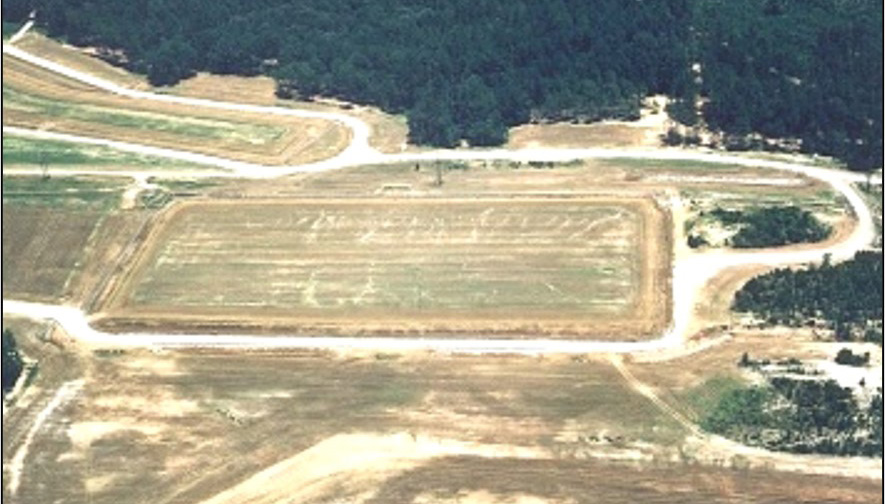
In 1986 the decision was made to regulate the basins under the Resource Conservation and Recovery Act as hazardous waste disposal facilities, and initiate closure plans. Savannah River Site drained the basins, physically and chemically stabilized the remaining sludge, and covered the basin with a multilayered protective cover to prevent rainwater infiltration. The basin closures were completed in 1991.
Since then, a series of remediation strategies were implemented at F-Area. A pump-and-treat remediation system was initiated in 1997 to remove most of the radionuclides, followed by reinjection of treated water containing tritium upgradient below the basins. The pump-and-treat was replaced in 2004 by a hybrid funnel-and-gate system designed to reduce the flow of contaminants. Alkaline solutions were injected into the gates to neutralize the acidic groundwater downgradient of the seepage basins and to immobilize many of the cationic constituents.
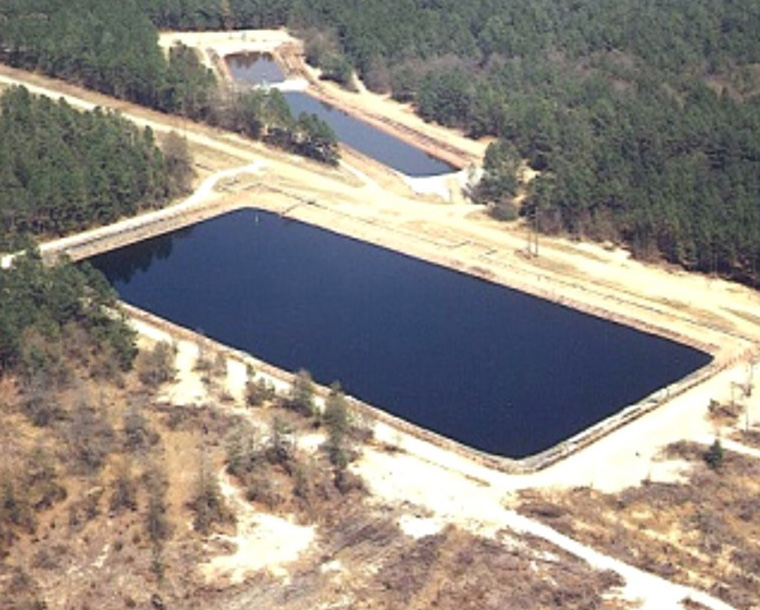
Currently, there are 97 wells, 17 wetland water pressure sensors, and nine surface water locations that are routinely monitored. The plume contains Strontium-90, Iodine-129, Technetium-99, tritium and nitrate, and the plume pH is as low as 3.2.
Explore ALTEMIS
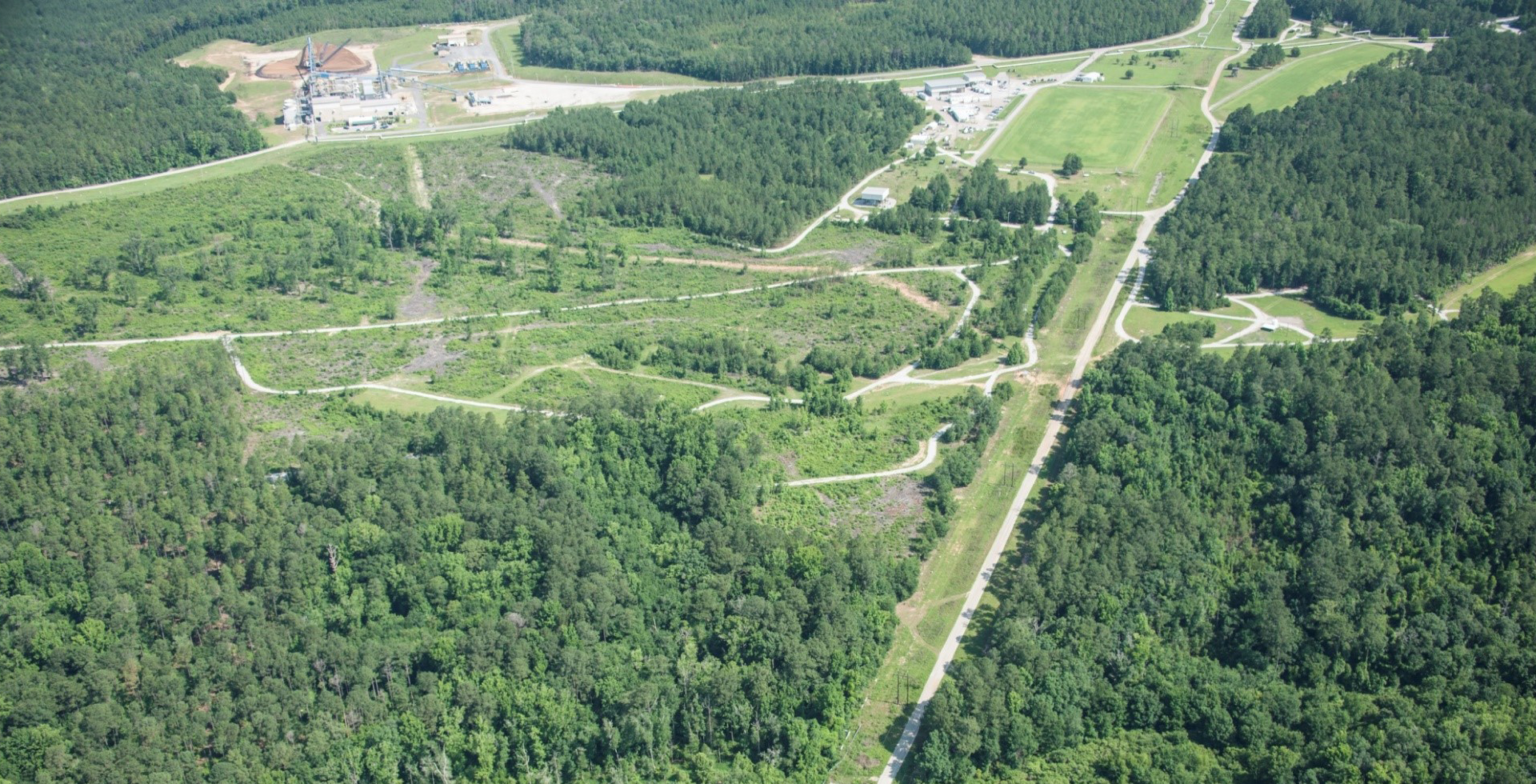
Starting with a conceptual site model, sites can begin implementing the ALTEMIS approach by identifying zones of vulnerability, and identifying existing threat conditions. Then, sites can begin the ALTEMIS monitoring approach by selecting the appropriate tools for monitoring, developing a monitoring plan, and then implementing the plan.
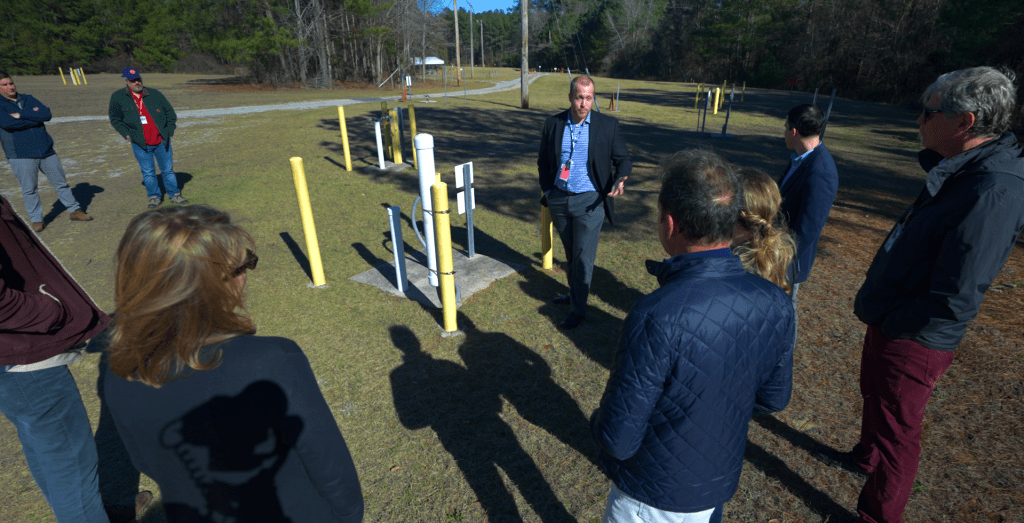
The ALTEMIS team is working on ways to transfer knowledge to other interested sites.
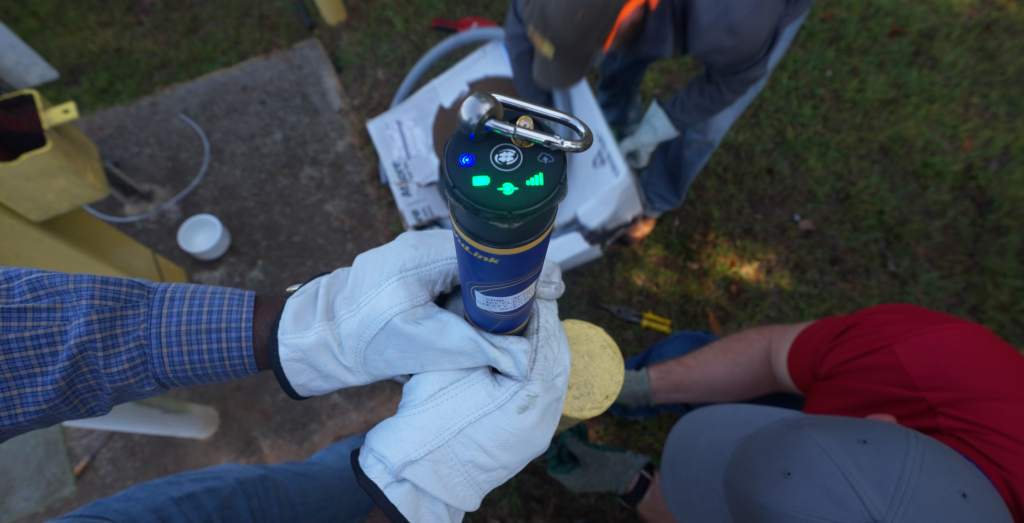
The ultimate goal for ALTEMIS is to take the technologies established at the F-Area testbed and apply the ALTEMIS approach to other contaminated sites.
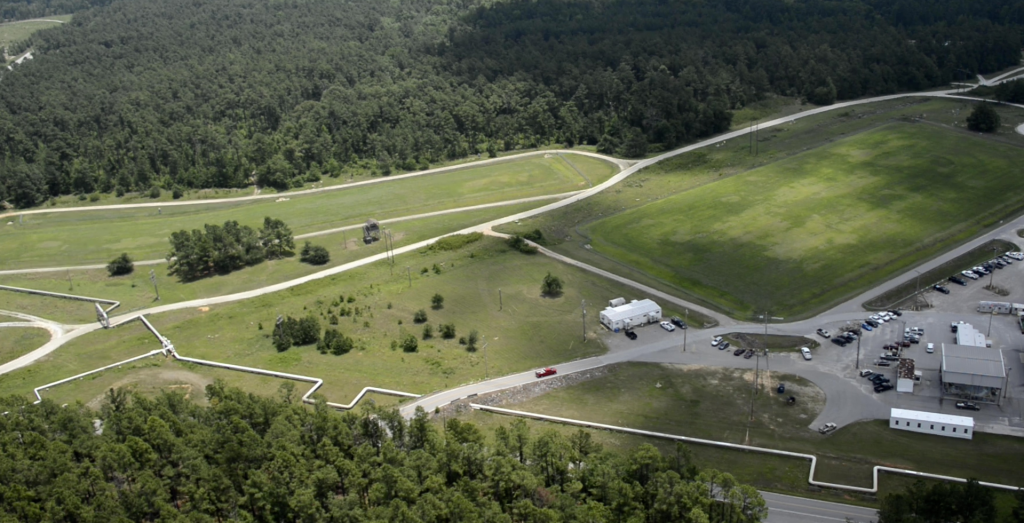
Download a list of peer-reviewed articles about ALTEMIS. For more information on listed publications, contact ALTEMIS.
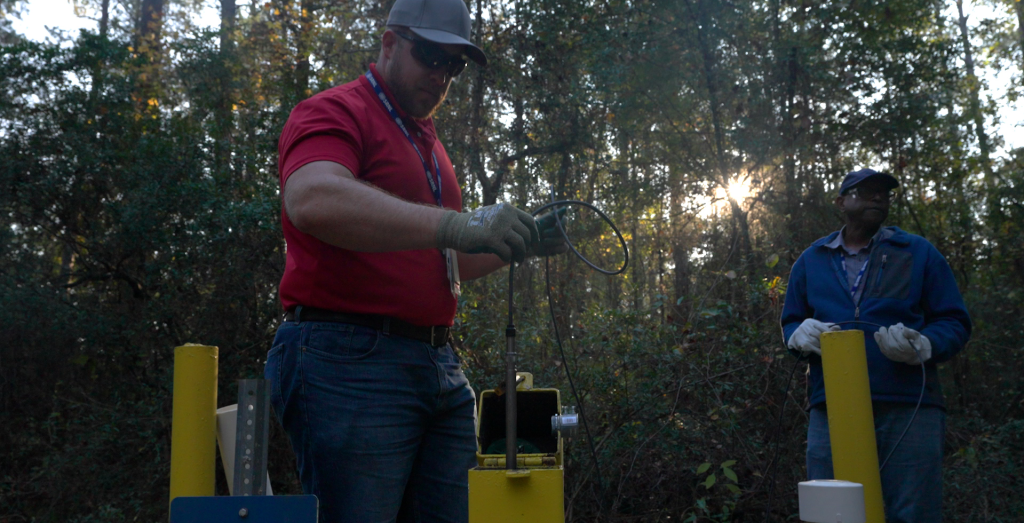
ALTEMIS team members and contact information.
*ALTEMIS is funded by The Department of Energy Office of Environmental Management Technology Operations Office & SRNS-EC&ACP.